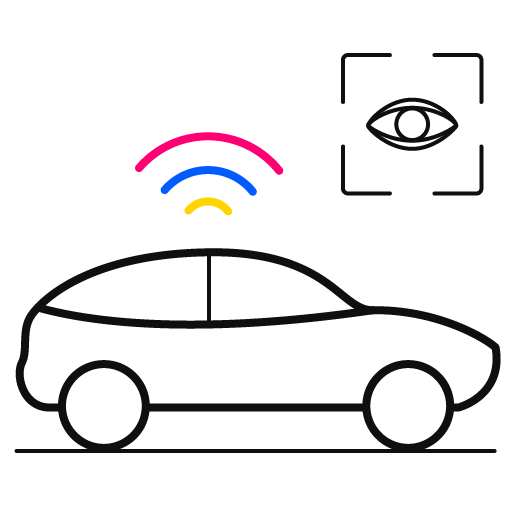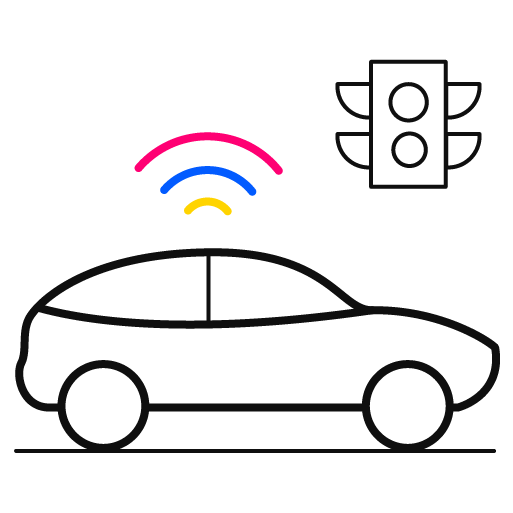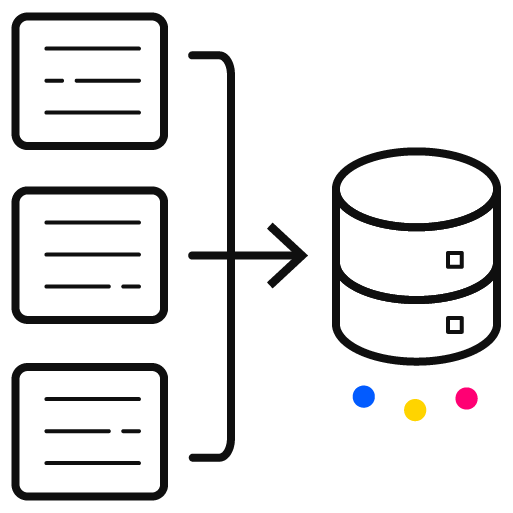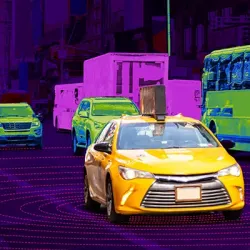Industry Knowledge
HD Mapping: 5 Reasons Autonomous Driving is Moving Forward
Learn the importance of HD Mapping and the challenges that such a complex task entails.
Like human drivers, self-driving cars function more efficiently when they are familiar with the road environment and can predict the behavior of other vehicles. That is why autonomous driving companies invest significant time, effort, and resources in creating and maintaining high-definition (HD) maps. HD mapping is crucial to identify lane boundaries, road signals, crosswalks, traffic lights, and other crucial elements that enable autonomous cars to navigate safely.
What is HD Mapping?
HD mapping is a technology that's transforming the autonomous driving landscape. Unlike a regular map, an HD map is a highly detailed guide that provides a wealth of environmental data to help autonomous cars navigate effectively. It offers much more than just directions from one point to another. An HD map contains an array of specific details, including road signs, traffic signals, lane boundaries, and even the positioning of crosswalks. It's like having an incredibly detailed guidebook constantly advising the autonomous vehicle about the current road environment.
However, it's important to understand that a high-definition map is not a stand-alone tool. Rather, it’s part of a larger and interconnected system. It works with the vehicle's localization capabilities, enabling it to determine its precise position in real-time. This ensures that the vehicle always knows its location with respect to the rich data provided by the high-definition map.
In addition, this type of map can seamlessly incorporate various vehicle sensors, including lidar, radar, and cameras. These sensors constantly communicate and exchange data, giving the vehicle a complete and accurate 360-degree perception of its surroundings. This intercommunication is vital for building the perception component of the autonomous system, which helps the vehicle understand and interpret its environment.
Why is HD Mapping Important for Autonomous Driving?
HD maps play a crucial role in training functional autonomous vehicles for several key reasons:

Develop Accurate Perception
One of the key factors for the safe operation of any vehicle is having a precise understanding of the environment; the same holds for artificial intelligence in cars. HD maps offer a comprehensive and accurate representation of the vehicle's surroundings, including road layouts, lane markings, traffic signs, and other important features. The precise information provided by these maps helps the autonomous system in the vehicle understand the driving environment, just as a human would.

Ensure Rider Safety
The use of sensory data in navigation can sometimes be hindered by unexpected events such as bad weather conditions. Riding on a fast-moving vehicle can be challenging when low visibility or sensors fail. However, having a map on board can be invaluable in such scenarios.

Enable Critical Decision Making
HD maps for autonomous driving also play a critical role in decision-making. They serve as communication facilitators between automation features within the vehicle and road infrastructure, such as traffic lights and road signs. HD maps also play a significant role in internal decision-making processes.

Follow Environmental Adaptability
AVs are designed to operate across various environments, from busy city centers to quiet suburban neighborhoods and even off-road conditions. To adapt to these different environments, these vehicles require comprehensive data, such as road gradients, curvatures, and surface types. These maps play a critical role in equipping AVs with the necessary information to easily navigate different environments.

Facilitate Real-Time Traffic Management
By integrating real-time data feeds into maps, AVs can stay up-to-date with the current traffic situation. They can be informed about road work, accidents, or any emergent situation, allowing the autonomous technology to proactively change the vehicle's route and ensure timely arrival at the destination. This feature ensures that AVs have the most efficient route and can avoid delays caused by traffic congestion or other obstacles.
Challenges in HD Map Annotation
Building and maintaining HD maps for self-driving cars is a complex and ongoing task that involves several challenges:

Data Collection and Maintenance
HD maps require highly detailed and up-to-date geographic data. However, collecting and updating this data can be time-consuming and costly. Moreover, autonomous vehicles operate in a dynamic environment where road conditions, traffic, and other factors can change frequently. Therefore, updating HD maps to reflect real-time conditions becomes a significant challenge.

Resolution and Accuracy
HD maps need to possess a high level of resolution and accuracy to support AVs. Even minor errors in map data can potentially result in hazardous situations. Therefore, attaining and maintaining that level of precision in diverse locations—especially in places with limited data availability—is another significant challenge that needs to be addressed.

Scalability
HD maps need to cover a vast area to be useful for autonomous vehicles. This means the infrastructure to collect, store, and distribute these maps must be highly scalable.

Standardization
There is no universally accepted standard for high-definition maps, which poses an interoperability challenge. Overcoming this challenge involves creating a reliable map compatible with various formats and systems.

Data Privacy and Security
The data on these maps is detailed and sensitive. It is crucial to prioritize privacy and security to prevent misuse and protect individual data.
Given these challenges, it's unsurprising that creating and maintaining these datasets is typically outsourced to vendors with the necessary expertise and infrastructure.
Outsource HD Map Annotation
Choosing the right partner for managing your autonomous vehicle infrastructure is crucial. Look for an organization that offers comprehensive data management services and combines cutting-edge technology with experienced human resources.
The ideal collaborator will employ AI to handle large volumes of data with efficiency and scalability. At the same time, they should use human expertise to tackle complex challenges involving cultural context and nuanced complexities.
98%+ Accuracy Score vs 90% target: As a real-life example, an autonomous vehicle company partnered with TaskUs to create, improve, and maintain HD maps.
TaskUs hired and trained a team of full-time professionals who used the client's web-based tools to label HD maps, camera logs, videos, LiDAR point clouds, and other relevant data. TaskUs’ four-step HD map labeling process was highly efficient and incorporated a quality management framework to ensure top-notch results.
The collaboration resulted in significant improvements for the client. They were able to double their production rate and maintain a prominent position in the AV industry. Moreover, they surpassed all key performance indicators, achieving an accuracy score of over 98% (vs. 90% target) and a quality assurance score of 115% (vs. 90% target).
Map a Better Future with Us
Outsourcing your AV data programs means more than just delegating tasks. TaskUs will help you understand the unique requirements of their AV models, adapt flexibly, and actively contribute to refining autonomous travel. With Us, you don't just guarantee a seamless and successful user experience in your autonomous vehicle solutions; you also engage in an undeniable shift toward the future of mobility.
References

We exist to empower people to deliver Ridiculously Good innovation to the world’s best companies.
Useful Links







